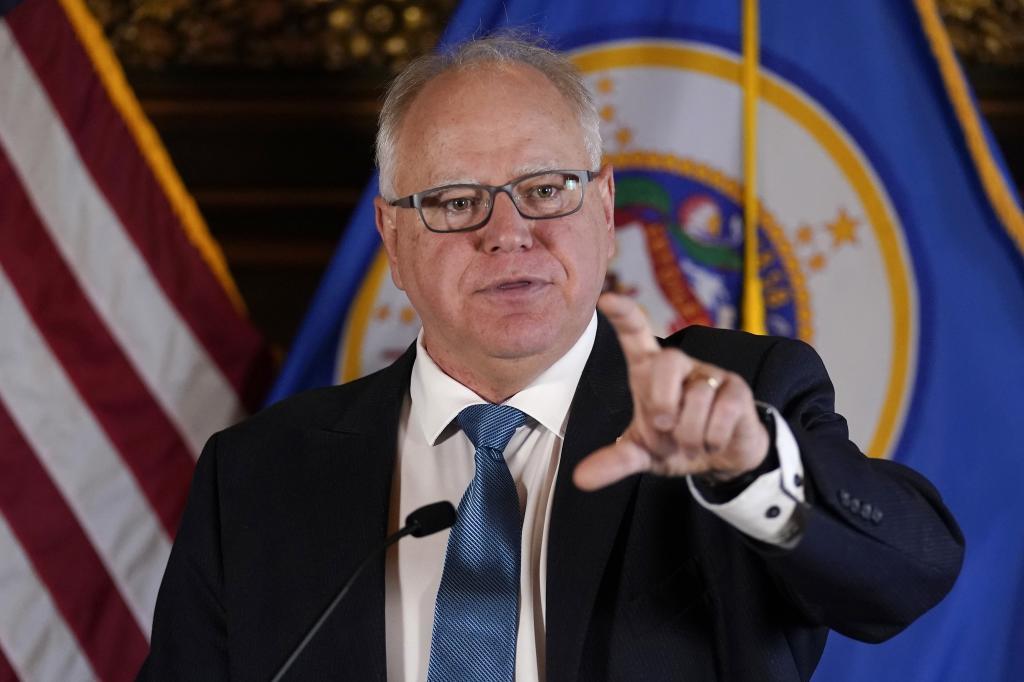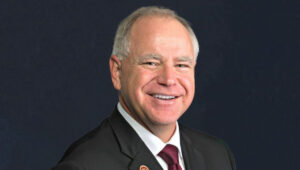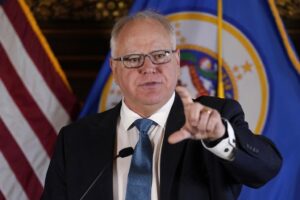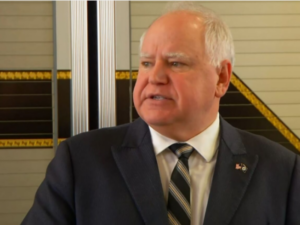
Tim Walz, the Governor of Minnesota, is not only a public servant but also a figure whose financial standing has garnered some curiosity. Understanding his net worth provides a glimpse into his financial management and assets. Let’s dive into the details.
Early Life and Education
Tim Walz was born on April 6, 1964, in West Point, Nebraska. He graduated from Butte High School in 1982 and pursued higher education at Chadron State College, earning a B.S. in social science in 1989. Later, in 2001, he obtained an M.S. in educational leadership from Minnesota State University, Mankato. His early career included roles in agriculture, manufacturing, and education.
Career and Financial Journey
Before his political career, Walz served in the Army National Guard for 24 years, retiring as a Command Sergeant Major. He also spent time teaching in China and various locations in the United States. These roles likely provided a stable financial foundation.










